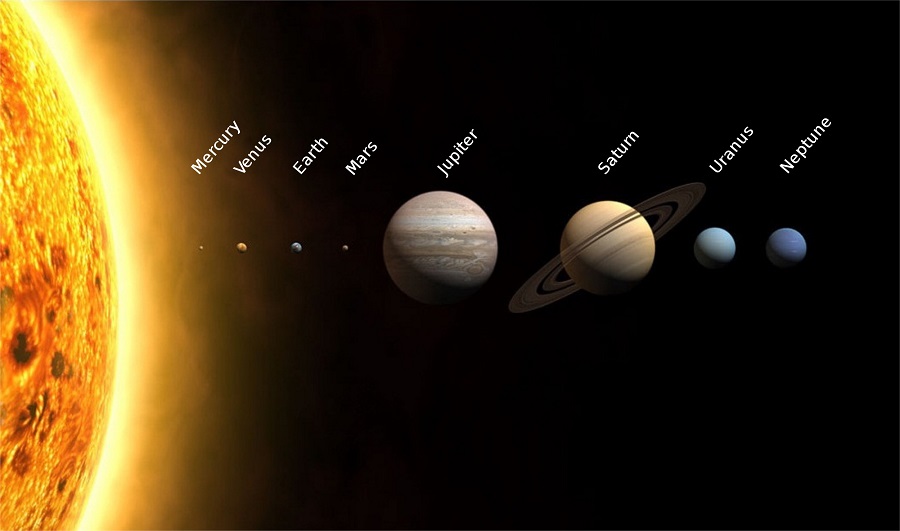How does ice float on water?

How does ice float on water?
There are so many things that can or cannot float on water like a ship can float but a simple coin cannot. Why Is that so? There is a buoyant force behind this. The object floats because of the upward force exerted on the object by the displaced water. When we put any object in water; it displaces an amount of water equal to its volume. The weight of water displaced must be greater than the weight of the object then the only object can float. This buoyant force is the reason why coin floats on water.
There are several different objects that can float in water. For example, a huge ship floats in water, a small wooden platform floats in water, thermocol balls or tennis balls float in water. But, a small stone chip does not float in water. A coin does not float in water. A stone chip or a coin sinks in the water. What is the reason behind these phenomena?
Any object, when placed in water, displaces an amount of water equal to its volume. The main condition for objects to float in water is that the weight of water displaced must be greater than the weight of the object. The object floats because of the upward force exerted on the object by the displaced water. This upward force is called the Buoyant Force. The Greek mathematician Archimedes observed this while bathing and this is known as Archimedes principle.

Now, when an ice cube is placed in water, the weight of the water displaced by the ice cube is obviously greater than the weight of the ice cube itself and this displaced water exerts an upward force that is, buoyant force, on the ice cube. This buoyant force is the main reason because of which an ice cube floats in water.






Responses